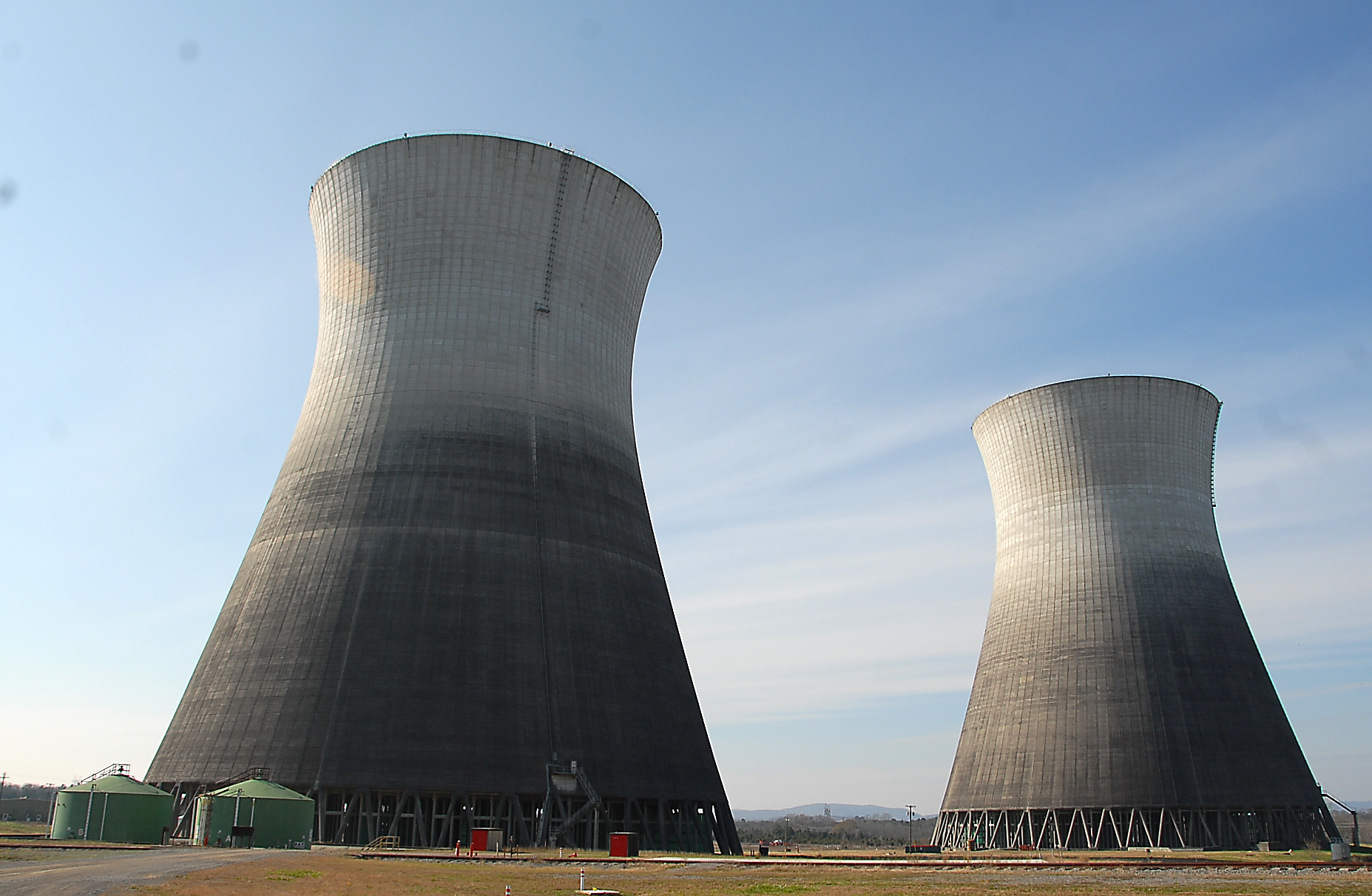Carbon limits could boost nuclear power, former EPA head says
Friday, June 27, 2014
Carbon emission limits proposed by the Environmental Protection Agency should provide a boost to nuclear power, former EPA Administrator Christine Whitman said Thursday.
Whitman, the former New Jersey governor who last week joined with three other previous Republican EPA administrators to urge prompt action on climate change, said the United States needs to build more nuclear reactors to help replace fossil fuel power generation.
"Clearly, I think people now believe that there will be a limit on carbon of some sort and, while coal will remain part of our generation mix, we need other cleaner sources to address the huge challenge of climate change," Whitman said. "We're going to have to have base power to meet the projected increases in electricity demand in the future and the best source that, which produces no greenhouse gases, is nuclear power."
Whitman, a Republican, and a former U.S. Trade Ambassador Ron Kirk, a Democrat, are co-chairs of the Clean and Safe Energy Coalition (CASEnergy Coalition) that has been pushing for more nuclear power since 2006.
Falling energy demand and natural gas prices undermined the nuclear renaissance the nuclear industry expected a decade ago. But Whitman said there are at least a dozen proposed nuclear reactors beyond those already being built that could be put back on the planning table if new carbon emission controls are finalized and the economics improve for nuclear power.
EPA's Clean Power Plan unveiled this month aims to reduce carbon dioxide emissions by 30 percent by 2030. But it has drawn fire from many Republicans who worry about job losses in the coal industry and higher energy costs for consumers.
Even nuclear power supporters like U.S. Sen. Lamar Alexander, R-Tenn., are opposing the new EPA limits on carbon emissions. Alexander is co-sponsoring legislation with Senate Majority Leader Mitch McConnell, R-Ky., to prevent the EPA from moving forward with its planned regulation.
"The Obama administration must think our country, which uses 20 to 25 percent of all the electricity in the world, can operate on windmills," Alexander said last week. "This regulation will only drive up prices, drive down job growth, and effectively ban new coal plants in this country."
But in an interview Thursday, Whitman argued that the new carbon emission controls will spur more job growth from alternative energy sources like nuclear, wind and solar and avoid the rising costs of storms, droughts and heat caused by global warming linked with carbon dioxide emissions in the atmosphere.
"I do believe these regulations will stimulate jobs, improve our air quality and begin to address the huge costs we face from the effects of climate change," Whitman said.
At the Watts Bar Unit 2 reactor under construction, for instance, 3,200 construction workers are now on site and the average pay for those in the nuclear industry is 36 percent above the U.S. median, Whitman said.
While nuclear power will add jobs, a climate study released this week by former New York Mayor Michael Bloomberg and former U.S. Treasury Secretary Henry Paulsen suggests that climate change linked with carbon emissions will be costly for the economy. Experts project that climate change will boost heat-related fatalities in the Southeast by up to 21 deaths per 100,000 over the next century, or potentially more than 1,000 extra fatalities a year in Tennessee. Across the entire region, the heat-related death toll could rise by up to 36,000 deaths annually.
"Our research shows that extreme heat will likely lead to a decrease in labor productivity in high-risk sectors like construction, mining, utilities, transportation, agriculture and manufacturing," the 52-page report from Bloomberg and Paulsen concluded.
The Department of Energy projects U.S. electricity demand, although slower than in the past, will still grow by 28 percent by 2030. Whitman said the U.S.will need to replace many of its existing 103 nuclear reactors and add more to meet that demand while still reducing carbon emissions.
Southern Co. is building two reactors totaling 2,200 megawatts at its Vogtle plant in Georgia. In South Carolina, SCANA is building two reactors totaling 2,200 megawatts at its VC Summer plant. Near Spring City, Tenn., the Tennessee Valley Authority is finishing a 1,270-megawatt reactor at its Watts Bar plant to match the other unit finished in 1996.
Whitman said many environmental activists remain wary about nuclear power but recognize that it will have to play a role in base load generation to reduce carbon emissions and limit climate change.
The former EPA administrator said completing the new reactors on time and within budget will be key at the Watts Bar, Plant Vogtle and VC Summer plants in Tennessee, Georgia and South Carolina -- the first new reactors being built in America in two decades.
"Even though you see some ups and downs with the Vogtle plant and others, these units are pretty much on budget and on time," she said. "In the previous generation of nuclear power, we had about 95 different designs. But now we are limiting those designs, standardizing operations and I think we'll see some real cost savings as a result."
Contact Dave Flessner at dflessner@timesfreepress.com or at 757-6340.

